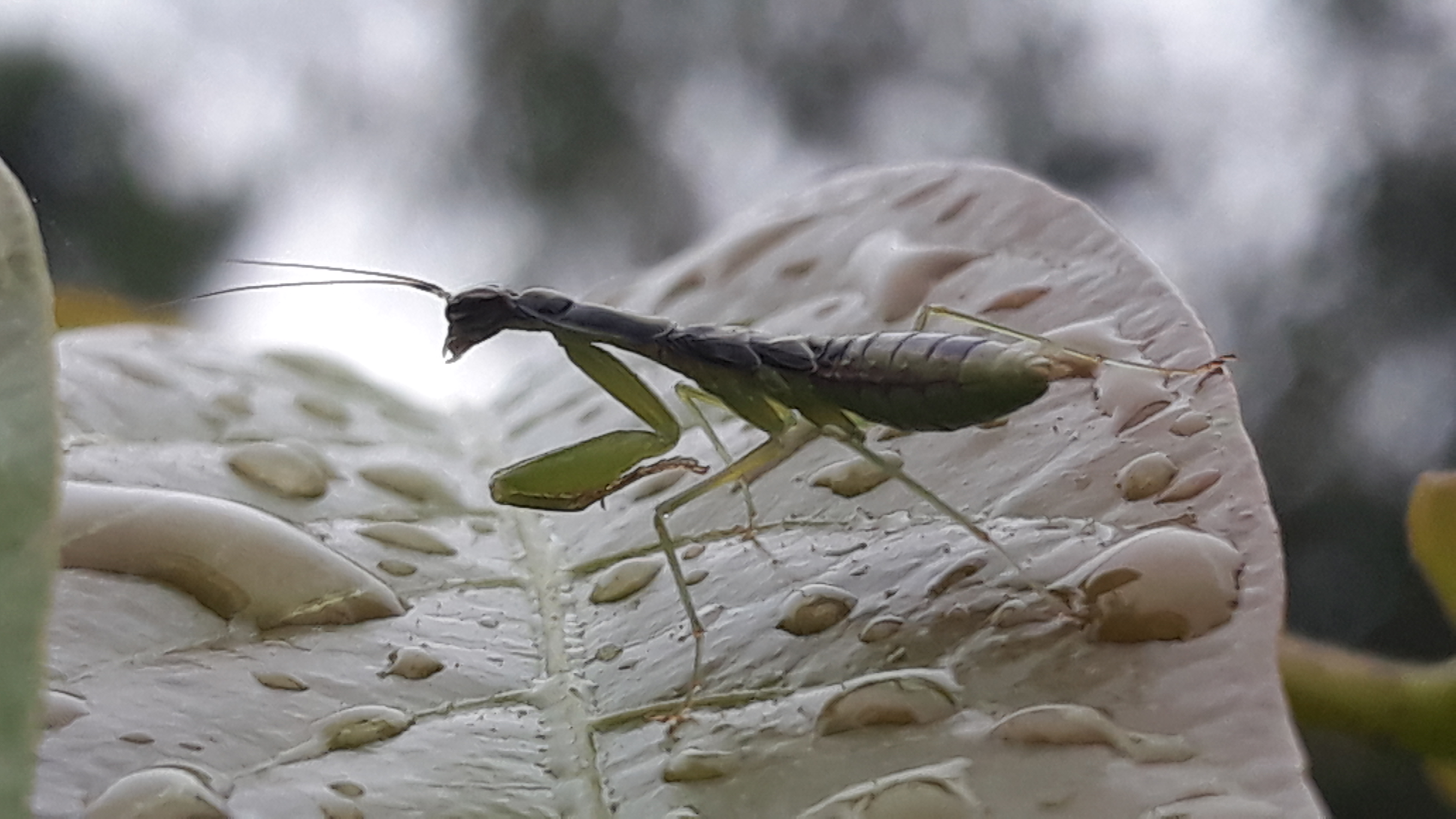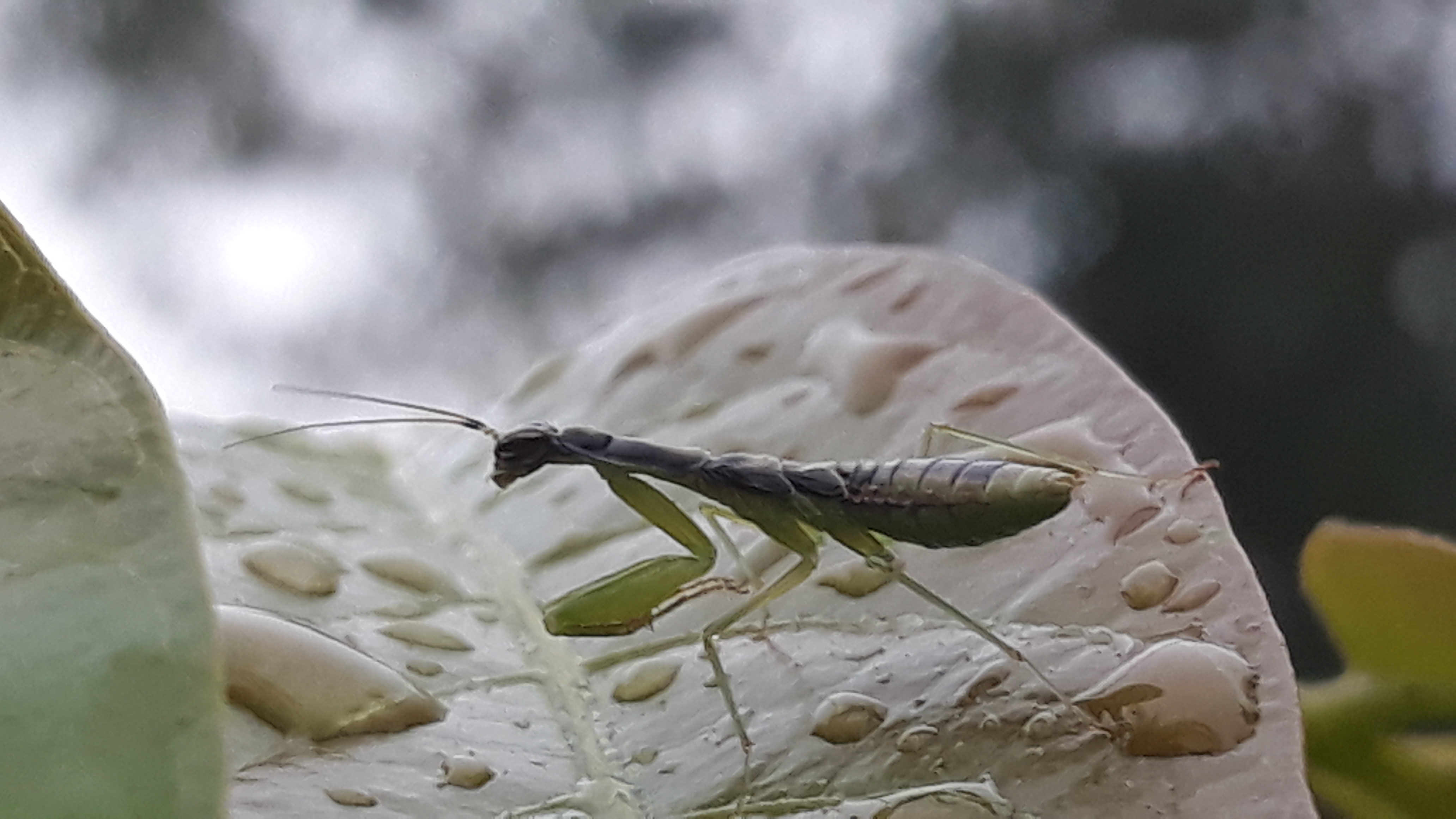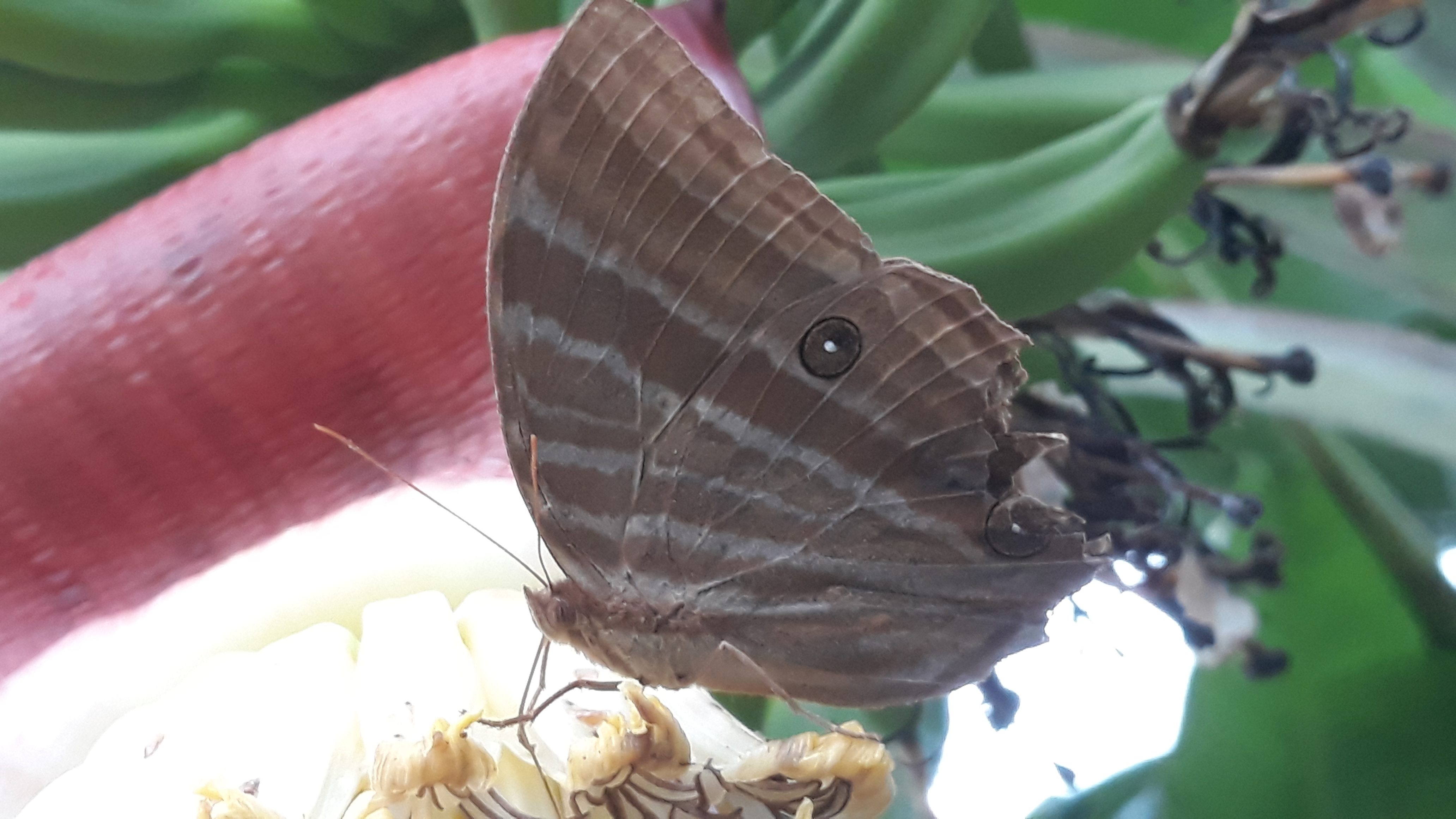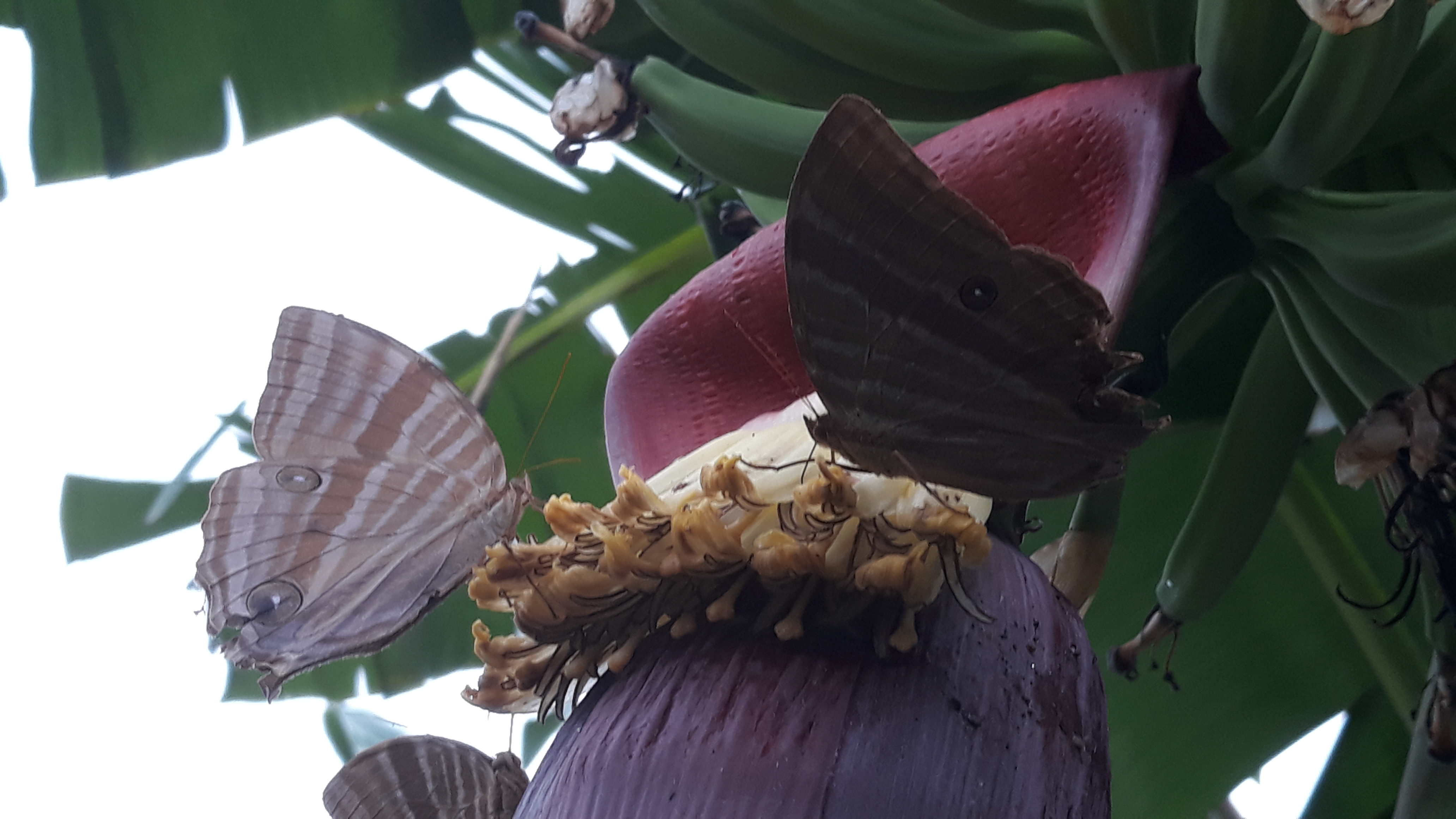
| Insect name | titanodula formosana |
|---|---|
| inaturalist | link |
When I wake up in the morning I always hope that there is something special that I get from the notification on the #Hive platform and my life becomes excited after joining here today I am back again to meet you with a unique insect that I found in nature, hopefully all my friends like it

This is a baby grasshopper, the scientific name is (titanodula formosana) and the name in my area is praying mantis from its shape, this grasshopper is very different from grasshoppers in general which have long legs behind, but this praying mantis has long legs in front and becomes its weapon to hunt prey and avoid other predators
I found it near the backyard of the house on the leaves, its size is very small, only the tip of a stick, almost invisible to me, with the help of my cellphone camera using the largest magnification so that I can produce a perfect image that I can display here, maybe if you see it directly, this grasshopper is very unique and tiny
A brief knowledge of me, grasshoppers in general have wings and can fly, but I did not find this grasshopper maybe it's still a baby but when I did a search for this grasshopper sample on Google, it turned out that the adult grasshopper has wings and can fly like grasshoppers in general and its main food is young leaves

| Insect name | genus amathusia |
|---|---|
| inaturalist | link |
Moving a little from my previous discovery, I saw a group of butterflies gathering in the heart of a banana tree that was bearing fruit. I don't know for sure what they were doing there, but from my knowledge, butterflies' main food is flower nectar and they suck the water in the flower petals.

It is very likely that this butterfly was sucking the nectar from the petals of a banana tree that was bearing fruit. When I tried to approach it, this butterfly immediately flew away. This butterfly has a dark brown color and I often find it on banana trees and bushes. Maybe that is its natural habitat.
So far, this type of butterfly does not carry disease to farmers' crops and is not a problem in my area. Most of the areas are rice fields and gardens, so we must always be aware of plant pest attacks.
As we know, butterflies come from caterpillars that turn into cocoons by means of metamorphosis. The more butterflies there are in agricultural land, the greater the possibility of producing many caterpillars, but not with this type of butterfly.
Thus are my findings today. I hope all my friends like it. See you in next post
| Photographer | @yuliadi |
|---|---|
| Camera used | phone |
| Brand | samsung galaxy j7 pro |
| Photography | insects |
Information about the location of my shooting using 🔎OpenStreetMap
| Latitude | longitude | location |
|---|---|---|
| 5.142289 | 97.428308 | map |
I am
@yuliadi a photographer who always hunts in the forest for small animals, mushrooms, flowers and everything unique and interesting to study
Nope. This insect belongs to the order Mantodea, whereas grasshoppers belong to the order Orthoptera.
It's still a nymph and therefore has no wings.
oo thank you very much my friend🙏 I still need to learn a lot about this